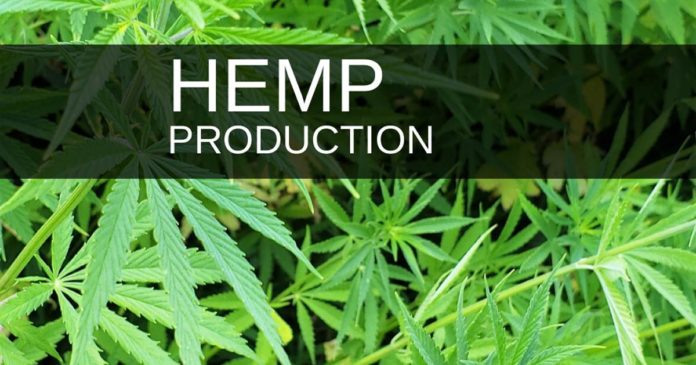A couple of changes to the USDA’s interim hemp rule have been largely welcomed by farmers and hemp states.
Hemp that tests greater than 0.3% THC on a dry weight basis is considered to be marijuana and therefore illegal at the USA federal level, but the term commonly used for it is “hot hemp”. While the THC levels of these crops may be nowhere near the levels of marijuana used for recreational purposes, they must still be destroyed.
In relation to the disposal of hot hemp, the interim final rule states:
“.. the material must be collected for destruction by a person authorized under the CSA to handle marijuana, such as a DEA-registered reverse distributor, or a duly authorized Federal, State, or local law enforcement officer.”
The USDA, which is tasked with establishing a national regulatory framework for hemp production in the United States, says this requirement will be delayed starting this crop year and until Oct. 31, 2021 or when the final rule is published, whichever comes first. The new options during this period include:
- Using curved plow blades to rotate subsoil to surface and bury the crop below
- Crops cut and blended with manure or other biomass material
- Leveling of field using tow-behind disk implement
- Commercial lawn mower used to shred and mix thick vegetation
- Fields are trenched, surface soil is buried at depth of at one foot
- Burning of crops
All these methods convert the ” hot hemp” crop into a non-retrievable or non-ingestible form.
While the loss of a crop is a big hit to a farmer’s pocket, at least some of the new permitted disposal methods enable the crop to be used to enrich the soil. But there are other good reasons for this change states USDA.
“One of the top considerations in making these changes was the desire to provide additional options that minimize, to the extent possible, the resource impact to state and local law enforcement in handling hemp that is out of compliance,” said USDA Under Secretary for Marketing and Regulatory Programs Greg Ibach.
As for the USDA perhaps making amendments to also increase the allowable THC limit, which would reduce the number of crops classified as hot hemp – that appears to be a no-go scenario as we previously reported.
However, another announced change to the interim final rule announced last week is a delay in enforcement of the requirement for labs to be registered by the Drug Enforcement Administration (DEA), due to insufficient capacity in the USA for this testing. This will also be delayed until Oct. 31, 2021, or when the final rule is published, whichever comes first.
In the meantime, laboratories testing hemp will still be subject to the same compliance requirements of the interim final rule and will still be required to test for total THC using post-decarboxylation or “other similarly reliable methods”. The post-decarboxylation issue is a thorny topic in itself as it involves taking into account the conversion of Delta-9-tetrahydrocannabinolic acid (THCA) into THC – and then the “hot hemp” issue comes into play more often than it otherwise would.
THCA is a non-intoxicating cannabinoid that turns into THC after heating at approximately 220F (104C) for 30 – 45 minutes.


